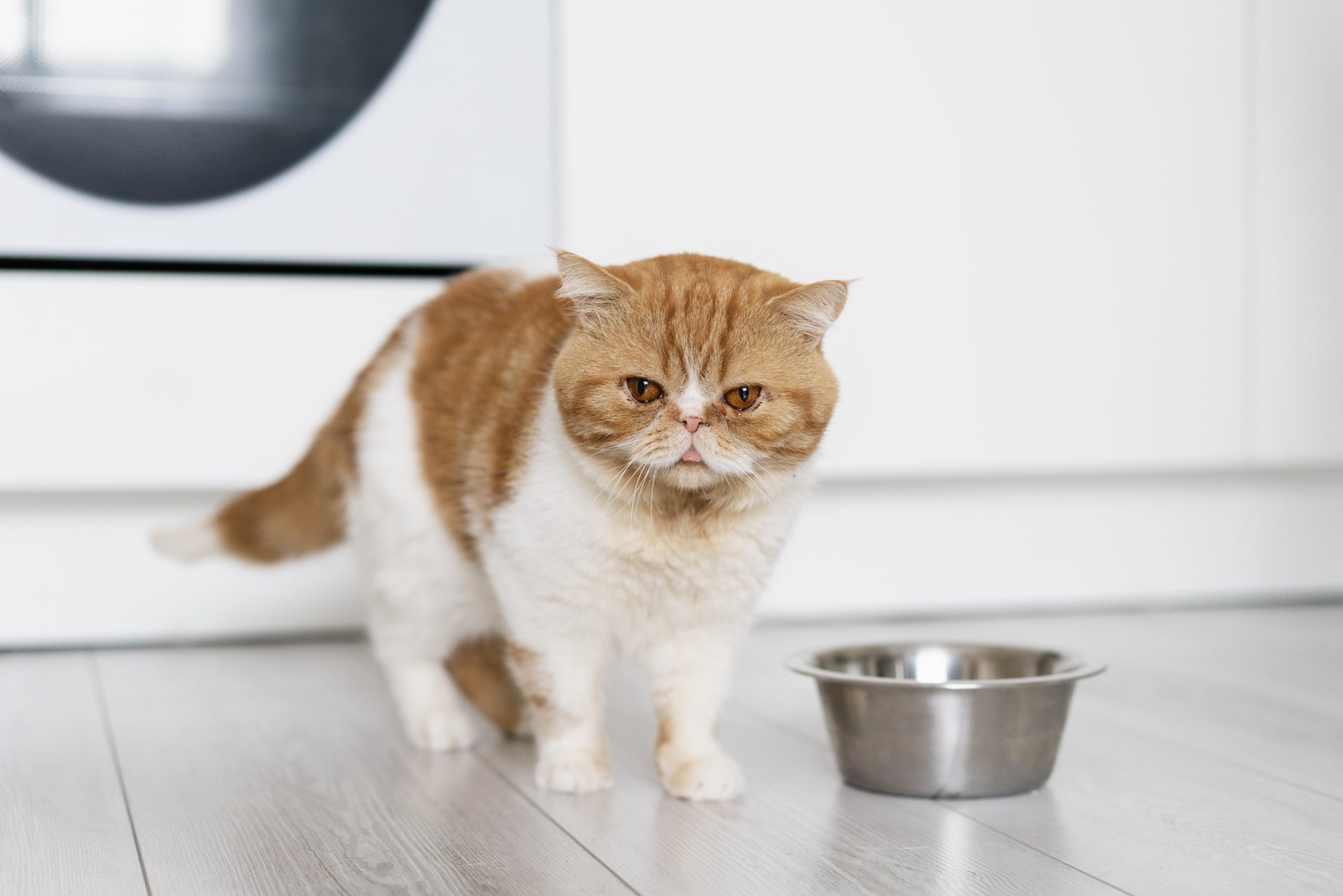
As a cat owner, you have probably introduced your cat to several foods and explored different brands and recipes to find one that suits their taste. While some cats love to eat the same food every day, others are notorious for their discerning palates, and convincing a picky eater to embrace a healthy diet can be challenging for many cat owners.
Although this task may seem challenging, a well-balanced and nutritious diet is crucial for a cat’s overall well-being, and finding effective strategies to encourage healthy eating habits is essential. Once you get familiar with the different tricks to get your furry friend to fall in love with a recipe, it will be easier for you to help them maintain their overall health. Consider the following strategies to tackle the challenge of picky eating in your feline friend.
Gradual Transition to New Foods
It’s essential to know how to change your cat’s food to avoid digestive issues and reduce the risk of them refusing to eat. Begin the transition by mixing a small proportion of the new food with their diet. Monitor your cat’s response and appetite during this phase, adjusting the ratio as needed. Gradually increasing the new food over several days allows your cat to acclimate to the change without causing digestive issues. Remember, a slow and steady approach will yield positive results.
Rotation of High-Quality Cat Foods
Experiment with a variety of high-quality cat foods to keep mealtime interesting. Cats may develop preferences for certain flavors or textures, and rotating their diet prevents monotony. Aim for a balance between wet and dry options, ensuring your cat receives a well-rounded nutritional profile. Observing their reactions to different foods will help you tailor their diet to their tastes.
Interactive Feeders and Puzzle Toys
Invest in interactive feeders or puzzle toys that encourage mental and physical stimulation. These tools tap into your cat’s instinctual behaviors, providing entertainment and a positive association with mealtime. As your cat learns to “hunt” for their food, they engage in a rewarding activity that can help alleviate boredom and reduce picky eating habits.
Exploring a Raw Diet
Many cats prefer a raw diet as the recipes mimic what they would have eaten in the wild. When you provide cats with a more natural diet, they are less likely to be picky with their food. You can also explore a variety of recipes with different proteins to find the one your cat likes best.
But before embarking on a raw diet, consult your veterinarian to ensure it aligns with your cat’s specific health needs. A raw diet can offer a closer approximation to a cat’s natural diet, but it’s crucial to address potential risks and ensure you’re choosing a reputable company to purchase the food from. Follow your veterinarian’s guidance on sourcing high-quality ingredients and implementing the raw diet safely.
Fresh and Moist Food Options
Introduce moisture-rich options to your cat’s diet gradually. Wet cat food offers a different texture and contributes to their overall hydration. If your cat is accustomed to dry kibble, consider moistening it with warm water or incorporating small amounts of wet food. This gradual approach can make the transition smoother and more appealing to cats with a penchant for drier options.
Scheduled Feeding Routine
Stick to a consistent feeding schedule to establish a sense of routine for your cat. Scheduled meals create an environment of predictability, helping your cat anticipate when it’s time to eat. Avoid free feeding to encourage your cat to finish their meals during designated times. Consistency in feeding routines supports healthy eating habits and allows you to monitor your cat’s appetite more effectively.
